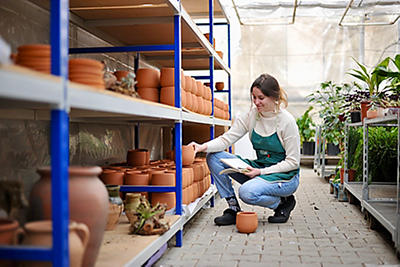Building a sustainable business
Growing her catering company, Blak Tapas, has been a labour of love for Temali Howard, of the Jaru and Kija people from the East Kimberley region of WA.
“I’d always liked creating grazing boards for friends so the idea was to build on something I already enjoyed and that I knew people liked. I started selling boxes of meats, cheeses and fruits for events within the Kununurra community. I didn’t have access to a full-time commercial kitchen and I was still working my day job so I was adamant that I didn’t want to cook.
I wanted to focus on native foods and after testing bush foods out on friends, I started offering crocodile smallgoods, kangaroo dishes and other native ingredients. After a lot of hard work, I was able to leave my job in 2023 to focus on growing Blak Tapas.
Sustainability has been top of mind for me from the beginning. I source from local producers where possible to reduce our carbon footprint and I’ve always used reusable, compostable packaging. For me, it’s a matter of taking a look at the way we do things and asking, ‘How can we do it better?’
Kununurra doesn’t have access to domestic recycling but I’ve found ways around the issue by donating food wastage to locals who have chooks and using the local Containers for Change program, where glass bottles and cans can be recycled for money. We also take catering leftovers to a local community kitchen to feed people in need; there’s never only one way to be sustainable, it’s about thinking and evolving where you can.”

